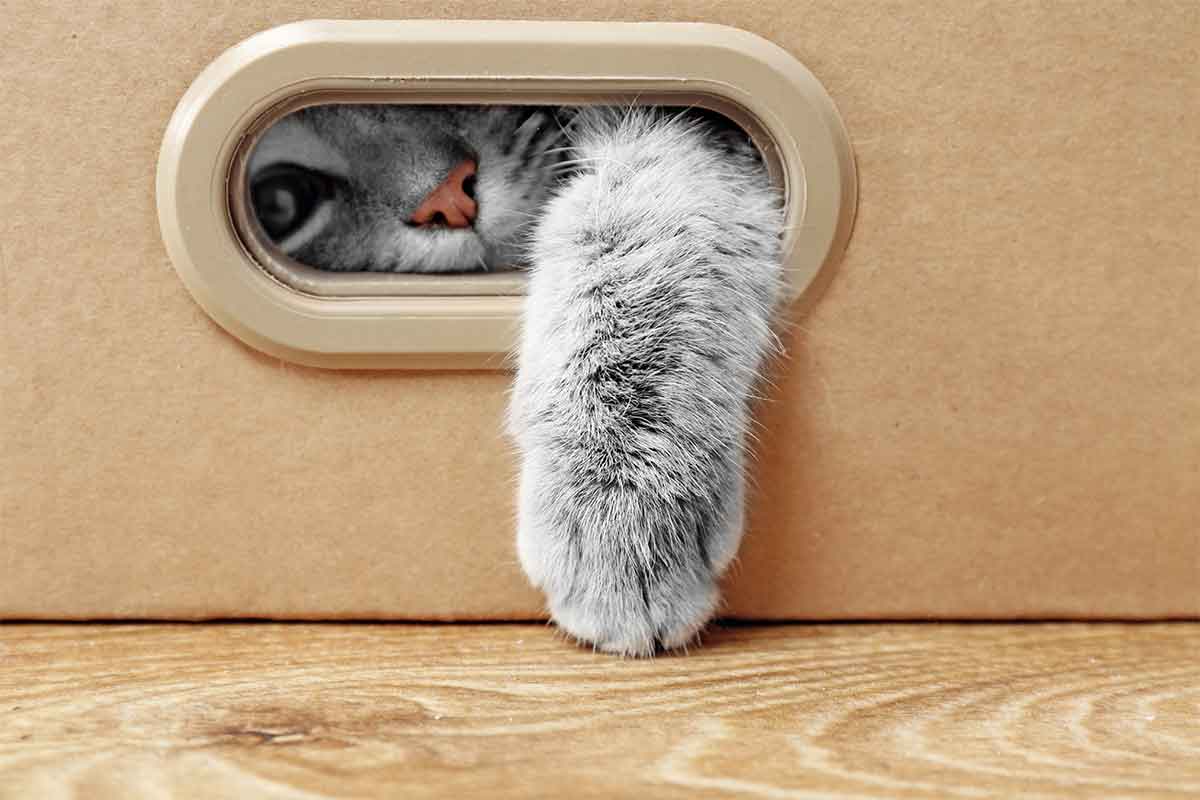Young kittens are so adorable that it’s hard to imagine they are the animals at greatest risk in shelters. Kittens found outdoors and relinquished to shelters often face a bleak, short future. In fact, they’re usually considered unadoptable. That’s because it takes 24/7 hands-on care to help these tiny, fragile fuzzballs to survive until they are old enough to go to a home. In many cases, they are simply euthanized for lack of a better option.
Shelters with kitten nurseries and foster home programs are working to change that grim prospect. They recruit volunteers and train them to give the little cats the round-the-clock nursing and handling required to prevent infectious diseases and give them a head start on socialization so they become wonderful kitty companions.
That’s a lot of people power. Depending on the number of kittens taken in annually, shelters may need two to four volunteers per shift for three shifts a day, seven days a week. They need training in infectious-disease prevention: hand-washing, controlling the spread of bacteria and viruses, and monitoring kitten health and weight.
Caring for kittens is more than just keeping them physically healthy. They need social skills as well. Kittens have the greatest capacity for learning—including adapting to humans—between the ages of 2 weeks and 14 weeks. The attention and handling they receive in a kitten nursery helps them to become social and self-assured.
Kittens raised in foster homes have even more of a head start. They are less likely to contract infectious diseases, and they are already accustomed to home life when it’s time to be adopted. Foster families learn bottle-feeding techniques and other required care and are supplied with formula, litter boxes, litter and other necessities. It’s not easy to bottle-feed baby kittens, but it’s a short-term proposition.
As soon as shelter kittens are 8 weeks old and reach a weight of 2 pounds, they are usually spayed or neutered. After a quick recovery from the surgery, they are ready to shine in the adoption room.
This article was reviewed/edited by board-certified veterinary behaviorist Dr. Kenneth Martin and/or veterinary technician specialist in behavior Debbie Martin, LVT








